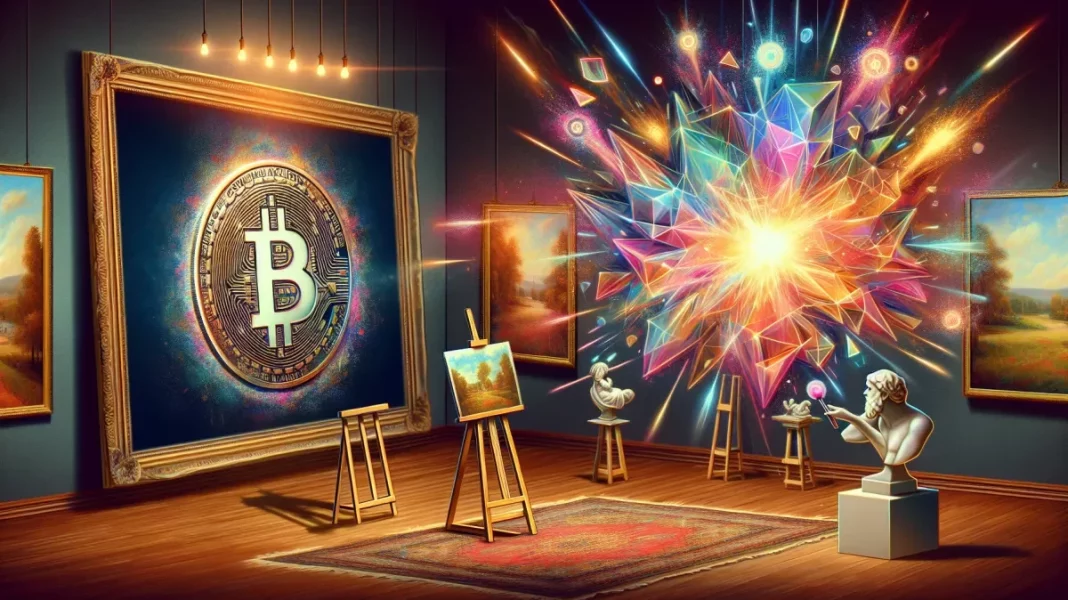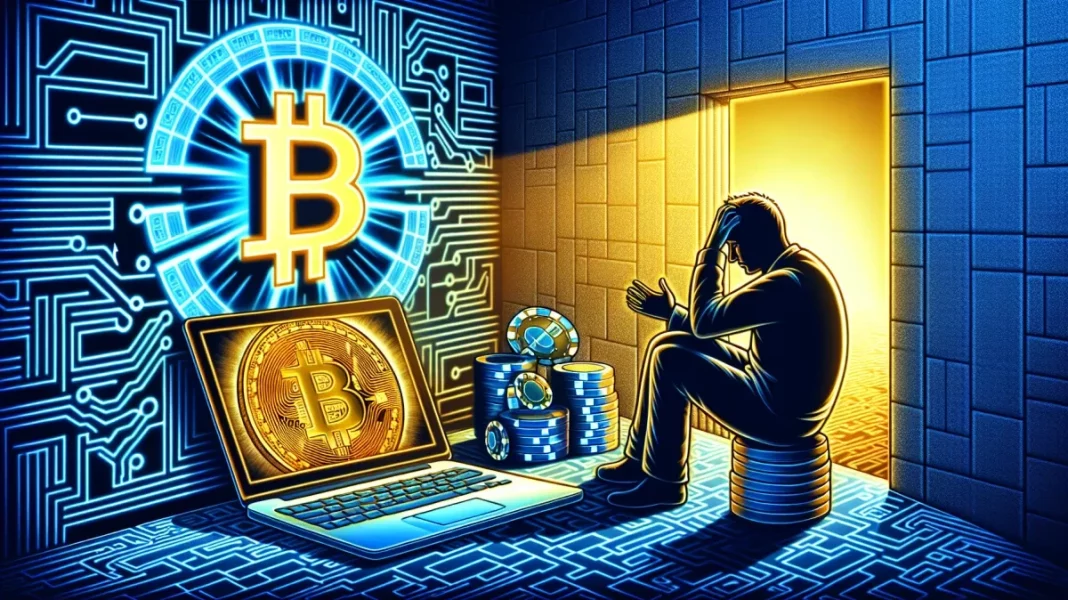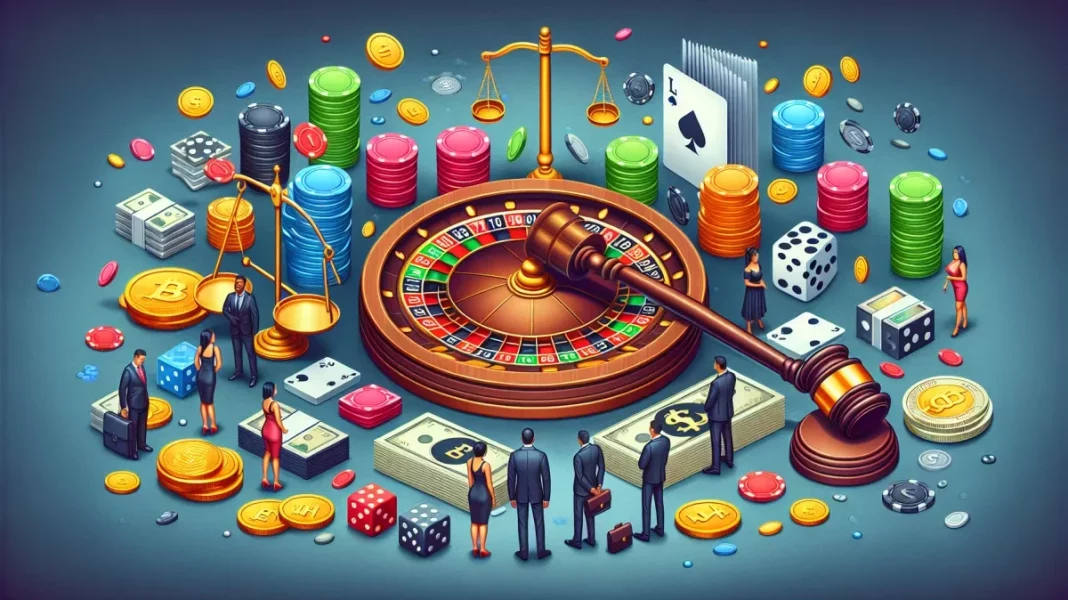Imagine a vintage baseball card being sold and bought on an online marketplace using blockchain technology. Instead of a physical piece of cardboard with a layer of plastic, you have a piece of digital content that is both one-of-a-kind and can be traded or sold. You’ve entered the world of non-fungible tokens (NFTs), the latest craze within the art and blockchain world, which has the potential to revolutionize the concept of ownership.
The NFT Explosion
An NFT is a type of digital asset that represents real-world objects like art, music, in-game items and videos. They are bought and sold online, frequently with cryptocurrency, and held in digital wallets. Unlike cryptocurrency, such as Bitcoin and Ethereum, which are interchangeable or “fungible,” each NFT is unique and cannot be exchanged on a like-for-like basis.
NFTs began to gain fame in 2017 with the advent of CryptoKitties, a game where players could buy, sell, and breed unique virtual cats. But it wasn’t until this year when the art world really started paying attention. Tomorrow’s masters are being minted today, in the digital realm, and the market is exploding into the mainstream—including record-breaking millions spent on digital artwork.
In February 2021, a digital art piece “Crossroads” by Grimes went for $6 million on the NFT marketplace, Nifty Gateway. Later in March, an NFT by the artist Beeple, whose real name is Mike Winkelmann, was sold for a staggering $69 million at a Christie’s auction. These numbers represent some of the highest prices ever paid for digital art. For comparison, the highest price ever paid for a traditional physical artwork is $450.3 million for Leonardo da Vinci’s “Salvator Mundi” in 2017.
The Art World’s Mixed Reception
Now, due to the merely digital nature of NFTs, you might think that traditional artists and galleries would be reserved about this technology. However, as it often happens, new technologies bifurcate opinions – and NFTs have definitely polarized the art world. On one side, there are those who see this explosion as a paradigm shift in how artists can monetize their work. On the other, there are those who question the environmental impact of NFTs or consider them just a temporary craze fueled by speculative mania.
Artists who feel overwhelmed by traditional gallery structures see NFTs as a liberation tool. They bring more equality and democratization to the art world, allowing artists to engage directly with their audience and sidestep the traditional gatekeepers. Artists no longer need to rely on galleries or auction houses to sell their artwork—instead, they can put up their artwork as NFTs on a blockchain and let the globe be their marketplace.
However, not all responses have been positive. NFTs have come under criticism due to the environmental impact of the Ethereum blockchain, which is primarily used for generating and trading them. The process of minting NFTs uses a lot of electricity, leading to a significant carbon footprint. Many artists and activists argue this is inherently unsustainable and negates any potential benefits.
The Future of NFTs in Art
Whether seen as a revolutionary democratic tool or a damaging use of resources, it is clear that NFTs are reshaping the art world. They have introduced a new form of digital ownership and have the potential to democratize art collection by making it accessible to anyone with an internet connection.
Despite the criticism, NFTs are still in their early stages, and their impact cannot be fully measured yet. However, the potential they have illustrated so far indicates they’re more than just a passing fad.
The sustainability concern is indeed a serious issue that needs addressing. However, technology is ever-evolving, and Ethereum, the main blockchain used for NFT transactions, is undergoing a significant upgrade. Ethereum 2.0 aims to address these environmental issues and improve the scalability and security of the network.
The way forward most likely lies in a combination of more sustainable blockchain technologies with a more traditional understanding and appreciation of art. And, as with any emerging technology, the potential for improvements and innovation is boundless.
Non-fungible tokens have brought the art world to the forefront of the crypto conversation and have opened up an entirely new realm of possibilities for artists, collectors, and investors. Only time will tell how the market evolves and what prospects NFTs have for the art panorama.
In the meantime, the art world will continue its dance with NFTs, evolving its choreography as the technology matures. For now, the performance is mesmerizing to watch.
Sources:
1. CNBC, February 2021, – “People are paying millions for clips that can be viewed for free. Welcome to the world of ‘NFTs’”
2. Christie’s, March 2021, – “Beeple’s opus: The first purely digital artwork offered at Christie’s”
3. BBC, March 2021, – “NFTs: Are they an art revolution or just hype?”
4. Reuters, March 2021, – “Explainer: NFTs are hot. So what are they?”
5. Cointelegraph, March 2021, – “Banksy, cryptoart and the rise of NFTs”



